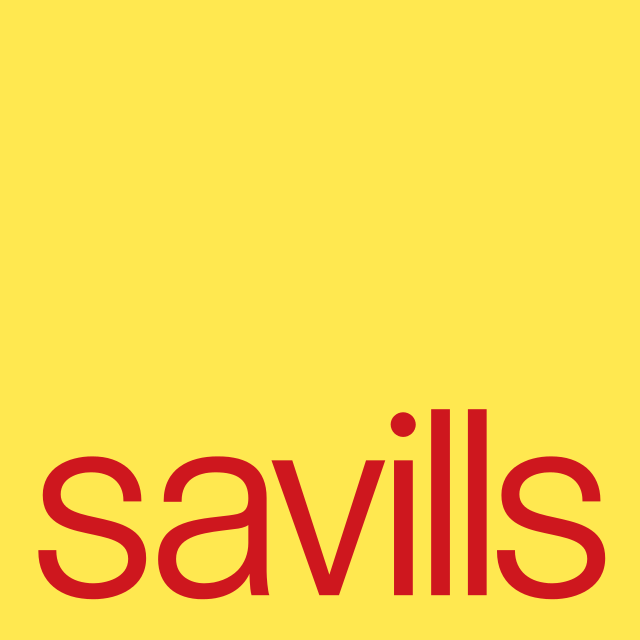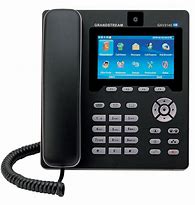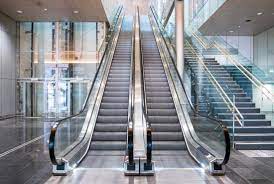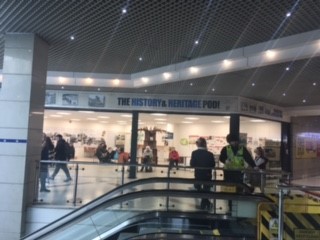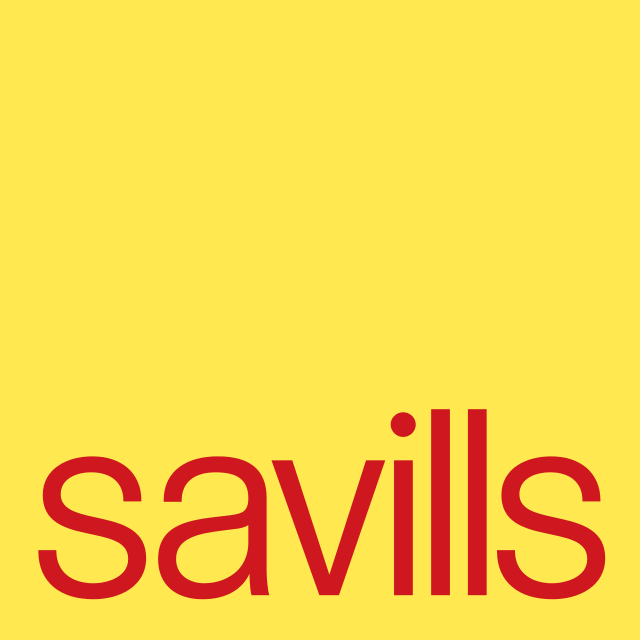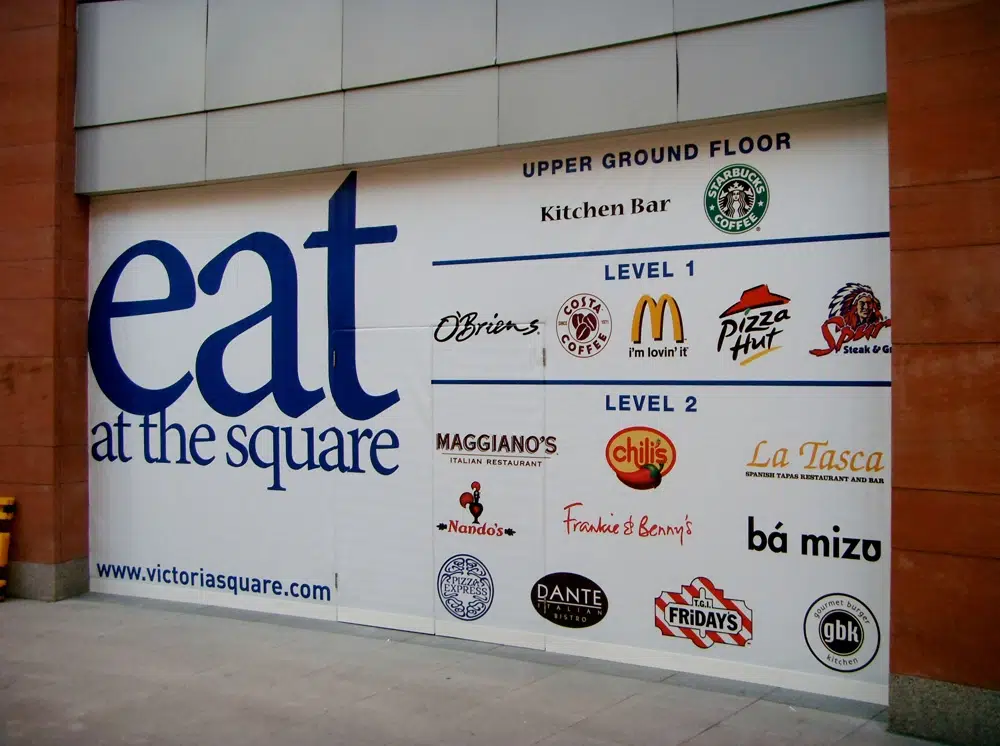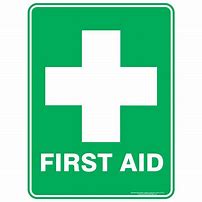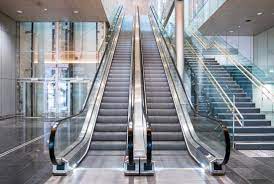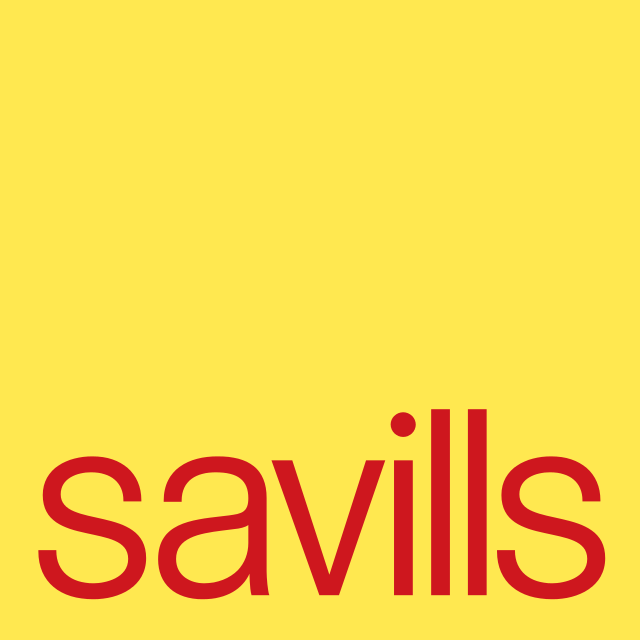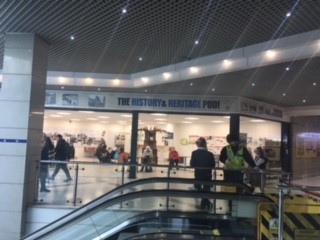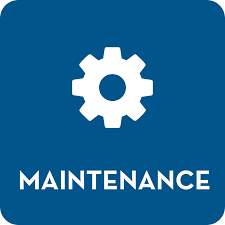Title Page
-
Crowngate
-
Conducted on
-
Prepared by
-
Site Wide
Fire
-
Fire escape doors, corridors / routes clear of obstructions, operating effectively and well lit.
-
Fire doors kept closed, operational and in good condition
-
Fire extinguishers provided where necessary, accessible, not discharged and maintained.
-
Clear access to dry risers, call points and alarm panel.
-
Combustibles stored away from buildings - not accumulating in voids.
-
No electrical hazards e.g. exposed live terminals.
-
Fire alarms checked weekly and any remedial work completed.
-
Emergency lighting checked and functioning
-
Fire panel free from obvious faults.
-
Fire log available, maintenance records are up to date and remedial work completed
Lifts & Escalators
-
Escalators operating and no obvious faults.
-
Lifts levelling correctly, no slip/trip hazards
-
Lift alarms / telephones operating.
Slips / Trips / Falls
-
Internal and external pedestrian routes and stairs well lit.
-
Surfaces free from holes, spillages and other slip / trip hazards
-
Entrance mats provided, maintained and free from slip trip hazards.
-
All stairs checked - nosing’s intact, secure handrail, minimal debris
-
Permanent obstructions at head height or below knee level highlighted/padded
-
Gritting arrangements are in place between Oct & April
-
Drain covers intact/in good condition, free of slip, trip, fall hazards for persons walking and in push chairs/wheelchairs
-
First aid kits provided and fully stocked.
Building Fabric
-
No loose tiles, damaged brick work, loose cladding, structural fire damage.
-
Staircases, fixed ladders and fire escapes free from damage.
-
Boundary fencing in sound condition no damage.
-
Glazing/windows free from damaged / broken glass
-
No storage / stacking that could collapse or materials that could fall.
-
Absence of overgrown trees, shrubs or fallen leaves, moss on paths
-
Surfaces free of excessive bird droppings
-
No obvious rat or bird activity in void areas
-
Internal routes free from accumulated debris.
-
Refuse areas clean and tidy - storage is away from the building
-
Void areas are secure, i.e. locked and properly boarded up.
-
Signage in place e.g. fire, crossings, speed limits, asbestos roofs etc.
-
Signposts, flag poles and bolted fixings properly secured.
-
No loose or unsecured posts.
-
Visitor’s log being completed and identification badges are being issued.
-
Welfare facilities in good condition, e.g. toilets, drinking water, changing facilities, workstations etc
-
Keys removed from on-site vehicles and other such equipment when not in use
-
Edge protection/lifebelts around deep water provided and maintained.
Service Areas
-
Car parks and service areas free of potholes, obstructions, spillages and debris
-
Car parks and service areas free of potholes, obstructions, spillages and debris.
-
Areas well lit, any blown bulbs are listed on your defects log
-
Fire doors and exit routes free of obstruction
-
Drainage covers intact.
-
Speed limit signs in place and speed humps clearly identified.
-
Traffic routes free from obstructions to drivers vision
-
Barriers and gates checked and are secure, no damage to gate or securing points.
-
Traffic markings / parking bays clear.
-
Keys removed from compactors, on-site vehicles and other such equipment when not in use.
Plant Rooms and workshops
-
Plant Rooms, riser cupboards and workshops locked when not in use.
-
Ventilation and lighting provided and working.
-
Work equipment and materials stored safely
-
Rubber mats provided in front of control panels.
-
Water tanks, sumps, pits etc are covered
-
Noise control areas identified and ear protection provided.
Maintenance and Contractors
-
Contractors / maintenance working in a segregated area.
-
Safety documentation provided and accurate, e.g. permissions, permits.
-
Machinery guards are in place, e.g. lifting gear, belts, fans etc.
-
Current thorough examination reports for lifting equipment available and remedial action completed.
-
Lift cards are being completed at the correct intervals and there are no recurring issues.
-
Lift telephones/remote monitoring systems are operating effectively
-
Water log book available, maintenance and monitoring records up to date and remedial action completed.
-
Fire log book available, maintenance and monitoring records up to date and remedial action completed.
-
M&E log book available, maintenance and monitoring records up to date and remedial action completed
Roof's & Falls from Height
-
Roof/tower/tank access and fixed ladders kept locked /secured.
-
Key control system working effectively
-
Free from slip/trip hazards and general debris / litter
-
Edge protection checked, in sound condition
-
Cradles/lifting gear secured to prevent unauthorised use and covered to minimise weather damage
-
No unguarded drops
-
Ladders maintained and secured to prevent unauthorised use.
Children's Play area
-
Equipment, surfaces etc clean and free from damage, spillages etc.
Asbestos Risk Monitoring
-
The asbestos containing materials marked and in good condition
-
The Asbestos Register has had an update in the last twelve months
CCTV
-
Has the time and date been checked for accuracy on the CCTV system?
-
Is the CCTV system fully functional?
-
Has a playback check been carried out? (Once a week from footage more than 24 hours old)
-
Is there a clear line of sight from all cameras? (i.e. no obstructions)
-
Is the CCTV documents and Procedure up-to-date
Accidents
-
Any accidents have been recorded, investigated and reported to the H&S team.
Previous Checklist
-
Last month’s checklists were completed and the actions closed.
-
undefined
Date
-
Select date
